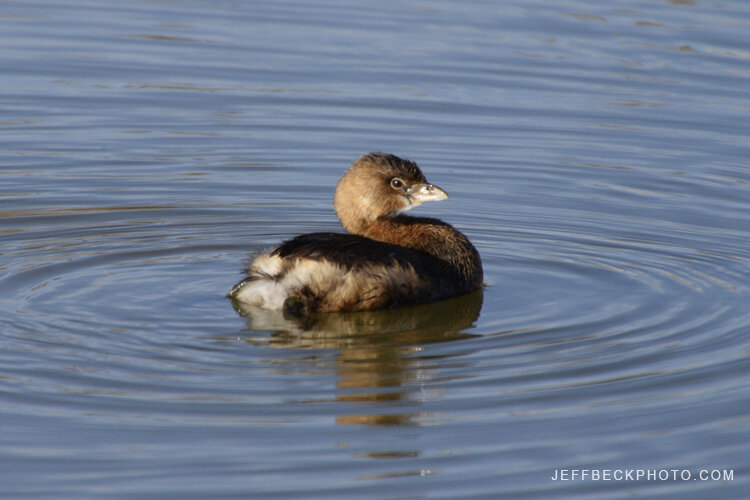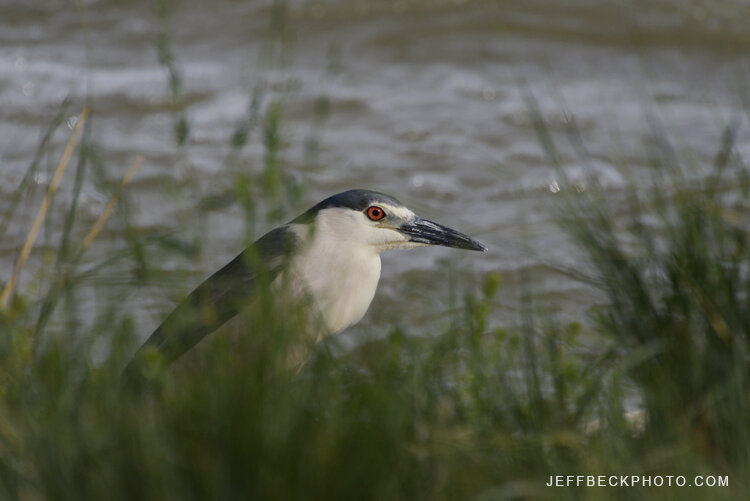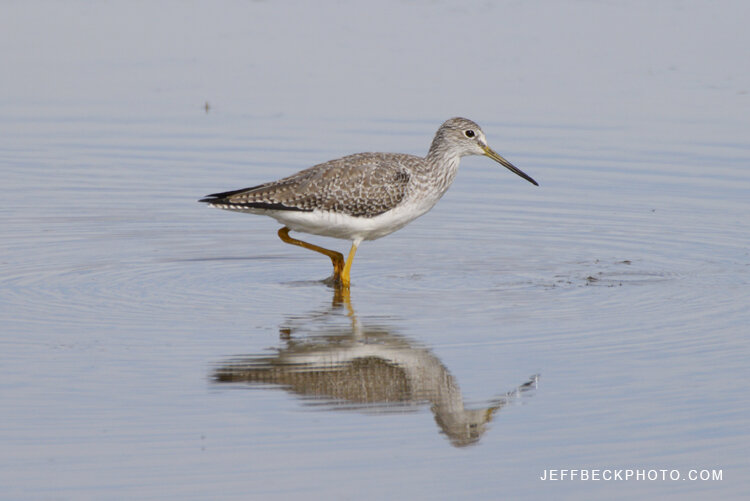Looking at these photos in December, I’m less disappointed with them than I was in April. As the intensity of the moment fades from my memory, from the tiny scorpion hanging out in the sand at the door of my tent, to the bite of a chill wind and even a few snowflakes, to the exhaustion of hours of cross-country travel, clamoring over slickrock ridges and across deep sand plains, to the dizzying ledges and walls that looked too steep to walk on, the images become better surrogates of the experience.
Escalante Adventure 2021: Monochrome Portfolio
I was blessed to spend a week in April backpacking in the Escalante wilderness with two of my favorite people in the world, in one of my favorite places in the world. The Canyons of the Escalante is a true wilderness; rugged and austere, seemingly impenetrable, vast and incomprehensible. I find it incredibly challenging to capture images that express the visceral and emotional intensity of being there.
Seems like it should be easy, point your camera in any direction, click, and presto you’ve got an instant classic. Everything looks amazing as you move through the landscape, your mind effortlessly removing the clutter, and your eyes simultaneously revealing detail in bright skies and shadowed canyon walls. I worked hard to put some of that beauty and grandeur I was seeing on my memory cards, but I’d be lying if I said I wasn’t disappointed with my efforts once I got home.
This portfolio is a response to that disappointment. In some cases an attempt to simplify and distill the graphics even more. In some cases a way to push the processing further; to pump up the contrast without moving the colors into the garish and unreal realm. I don’t think any of these images end up in my greatest hits, but I do like the cohesion of this portfolio. Like puzzle pieces, together these images start to tell the story of this singular place.
Moon House
Behind the curtain wall.
Ledge life.
White rocks.
Bumpy wall.
Moon house heart.
My Pandemic Project
I guess this could be called my 2020 project, but I like the alliteration; and the pandemic did play a part in this project. All of these images were created between February and December of 2020 at three Northern Utah locations; The Bear River Migratory Bird Refuge in Box Elder County, Farmington Bay Waterfowl Management Area in Davis County, and Lee Kay Ponds managed by the Utah Division of Wildlife Resources in Salt Lake County.
Initially, it was the combination of a newly procured 500mm lens, and the pandemic keeping me away from all my favorite trails in the Wasatch, that had me spending a lot of time in the marshes on the east side of the Great Salt Lake. These locations did prove to be good for social distancing.
Ultimately, it was an intensified interest in birds and bird photography, and a personal discovery of ducks and grebes in particular that captivated me, and kept bringing me back. I had some incredibly enjoyable photo sessions last year. I discovered that lying under a gillie blanket at the edge of a duck pond, surveying the less than three degree angle of view through the lens, along the surface of the pond, waiting for ducks to swim into frame, is powerful meditation.
Pied-billed Grebe Podilymbus podiceps: Farmington Bay Waterfowl Management Area, Utah
Western Grebes Aechmophorus occidentalis: Bear River Migratory Bird Refuge, Utah
Neotropic Cormorant Phalacrocorax brasilianus: Farmington Bay Waterfowl Management Area, Utah
Great Blue Heron Ardea herodias: Farmington Bay Waterfowl Management Area, Utah
Snowy Egrets Egretta thula: Bear River Migratory Bird Refuge, Utah
Black-crowned Night-Heron Nycticorax nycticorax: Bear River Migratory Bird Refuge, Utah
Mallard hybrid ♂: Lee Kay Ponds, Utah
Northern Pintail Anas acuta ♂: Farmington Bay Waterfowl Management Area, Utah
Gadwall Anas strepera ♂: Bear River Migratory Bird Refuge, Utah
Northern Shovelers Anas clypeata: Farmington Bay Waterfowl Management Area, Utah
Cinnamon Teal Anas cyanoptera ♂: Lee Kay Ponds, Utah
Greater Scaup Aythya marila ♀: Farmington Bay Waterfowl Management Area, Utah
Common Goldeneye Bucephala clangula ♀: Lee Kay Ponds, Utah
Common Merganser Mergus merganser: Lee Kay Ponds, Utah
Ruddy Duck Oxyura jamaicensis ♀: Farmington Bay Waterfowl Management Area, Utah
Hooded Merganser Lophodytes cucullatus ♂: Lee Kay Ponds, Utah
Hooded Mergansers Lophodytes cucullatus ♀: Lee Kay Ponds, Utah
Killdeer Charadrius vociferus: Farmington Bay Waterfowl Management Area, Utah
American Avocets Recurvirostra americana: Farmington Bay Waterfowl Management Area, Utah
Greater Yellowlegs Tringa melanoleuca: Farmington Bay Waterfowl Management Area, Utah
Wind River Range: August 2020
EB hikes beside upper Titcomb Lake, Bridger Wilderness, Wyoming
I was lucky enough to spend seven days backpacking in the Winds in late August. Making it back in to Titcomb Basin after 20 years was a highlight. As was being back in the Wind River Range with Erik and Rosalie three years after our first trek together there. August twenty years ago was my first backpack in the Winds. This was my fifth. I’m hoping to increase that frequency over the next twenty years.
Our route went from Elkhart Park past Senaca Lake and Island Lake to Titcomb Basin then back to the Highline Trail which we followed over Lester Pass and down to the Cook Lakes Loop. One of the highlights of the trip was hiking to Wall Lake from our camp at Upper Cook Lake. We finished our loop on the Pole Creek Trail past Eklund Lake and back past Photographers Point to Elkhart Park.
Titcomb Basin and vicinity was a zoo. The scenery is undeniable but at times the amount of traffic on the trail was noisy and annoying. We found a gorgeous campsite at the end of a string of lakes below Titcomb Lakes. When we got there there was one other group and we tried to give them a little room and still stay legal by not camping too close to the outlet stream. We turned around and two more groups had moved in, one on either side of us.
On the other side of Lester Pass we finally got a little solitude. It seemed like there were only two other groups in the entire Cook Lakes area while we were there. On two jaunts to Wall Lake, one in the evening by myself and then again in the morning with Erik, we didn’t see another soul.
I loved almost everything about this trip except the light. On day three thick smoke from distant wildfires filled the range and never fully cleared. Looking at my photos from our second evening, and my most productive landscape photo session of the trip, the air was already less than clear. This definitely forced me to concentrate on details which was not necessarily a bad thing. I’ve come home from many a trip to look at my photos and think, I wish I would have focused more on details instead of trying to get everything in the frame all the time.
Some of my favorite images of the trip and certainly the most colorful were of butterflies. There were a ton of butterflies flitting around high wildflower meadows. The Fritillaries were particularly abundant, but the California Tortoiseshells were the most approachable.
Fremont Peak reflected in a small lake below Titcomb Basin, Wind River Range, Wyoming
Infinite Inspiration
Purplish Copper (Lycaena helloides)
Wow. I can’t believe I managed to go an entire year without posting a single blog entry. In my mind I posted many. I may have had (have) some form of writers block, but it isn’t from a lack of inspiration to photograph the natural world. I may not have any blog posts to my credit in 2019, but I did make a number of memorable images. More importantly, I went deeper into some of my new favorite subjects: birds, butterflies, and dragonflies.
Spotted Sandpiper (Actitis macularia)
2019 was the first year I saw the difference between an eight spotted skimmer and a twelve spotted skimmer. It was actually the first year I positively identified any species of dragonfly. It was also the first year I realized there was this adorable little sandpiper high in Utah’s mountains in summer, working the edges of subalpine streams and ponds. It was also the first year I spotted the snaky orange line on the hindwing of the Purplish Copper.
Striped Meadowhawk (Sympetrum pallipes)
In order to identify the creatures I’ve captured digitally, I’ve found a few websites to be invaluable. Utah Birds is a great website with tons of photos and info on the birds of Utah and the best birding locations in the state. Butterflies and Moths of North America is my go to site for identifying butterflies, and Odonata Central has helped me overcome my trepidation trying to differentiate species of dragonfly.
One of my favorite features of all of these sites is the ability to generate a checklist at the county level. It blew me away to learn the checklists for Salt Lake County include 346 species of birds, 122 species of butterflies, and 49 distinct species of damselflies and dragonflies.
Photographing all the species from any one of those lists would be an immense challenge. The numbers made me think, the variety of subjects right in my backyard could easily provide a lifetime of photographic inspiration. I’ll try harder this year to share some of those inspirations. Thanks for visiting jeffbeckphoto.com.
Red Butte Garden Holiday Open House & Art Fair
Not quite finished…New work for the Red Butte show.
I’m excited to be back at Red Butte Garden for the 18th Annual Holiday Open House and Art Fair, Saturday and Sunday December 1st and 2nd, 2018 from 10am to 5pm. I’ll be set up in the Orangerie, selling matted, framed, and stretched canvas prints, photo note cards, and one-of-a-kind photo transfers on paper, stone, and wood. Admission to the garden is free during the open house, so bring the whole family. Hope to see you there!




























































